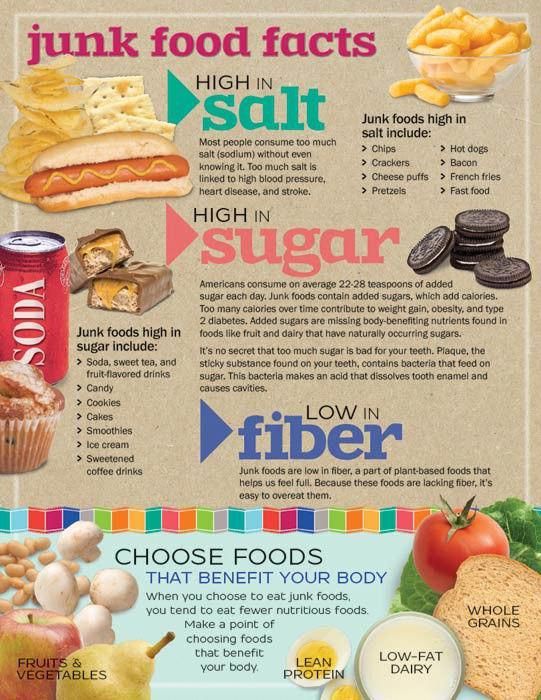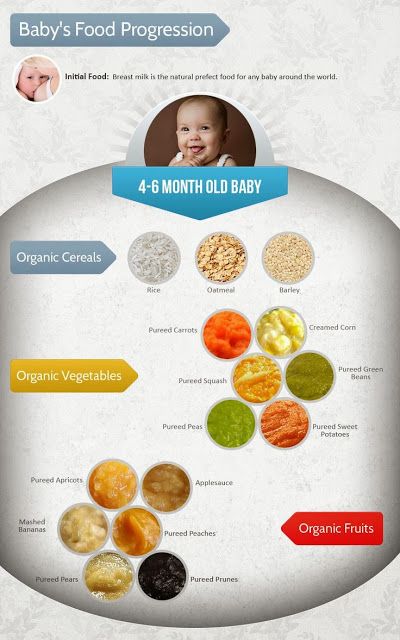Milk allergy baby food
Introducing Solid Foods to a Baby with Cow's Milk Allergy
Introducing your little one to a variety of tastes and textures through solid foods should be fun. But when your baby is allergic to cow’s milk, this milestone can be stressful.
You know that dairy is found in many childhood favorites like yogurt and cheese. But other products like bread, cereal and crackers also can contain casein, whey or other hidden dairy ingredients. Cow’s milk is even in some commercial baby foods. For these reasons, it is important to consult with your pediatrician or a dietitian before making any changes to your baby’s diet.
Nutramigen's Role in Your Growing Baby's Diet
Because babies with cow’s milk allergy can’t have dairy products, there is a risk that they may miss out on key nutrients like fat, protein, calcium, and vitamin D when they start eating dairy-free foods. Nutramigen® with Enflora™ LGG®* and PurAmino™ contain important nutrients for growing babies who have cow’s milk allergy. This is why it’s important to continue feeding your baby Nutramigen or PurAmino formula for as long as your doctor recommends.
Both Nutramigen with Enflora LGG and PurAmino are nutritionally complete. Nutramigen with Enflora LGG is designed to serve as a sole source of nutrition for infants up to six months and as a major source of nutrition through 12 months. Babies who are doing well on PurAmino don’t need to change formulas as they grow because this amino acid-based formula is appropriate as the sole source of nutrition for infants up to six months and as a major source of nutrition through age two.
Signs that Your Baby Is Ready for Solid Foods
Your baby will be ready to try solid foods when she is between four and six months old. Look for these cues:
- She can sit in a highchair or feeding seat.
- She can hold her head up and her neck steady.
- She opens her mouth when food comes her way.
- She loves to watch you eat.
- She can swallow food instead of pushing it back out with her tongue.
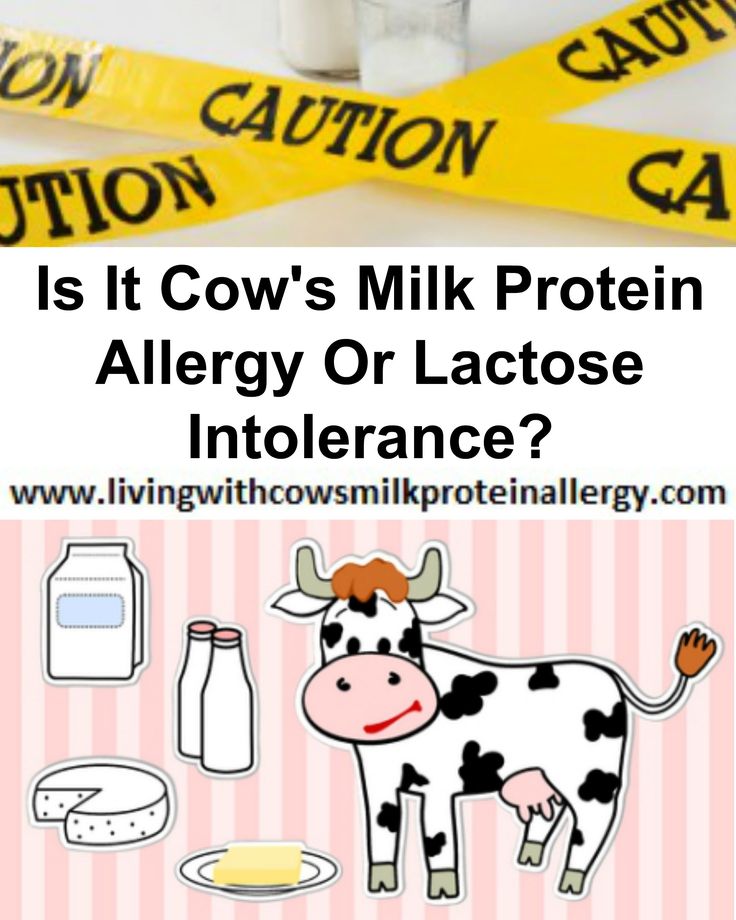 (More food goes into your baby than out.)
(More food goes into your baby than out.)
Tips for Introducing Solid Foods to Your Baby
Watching your baby’s facial expressions as she samples new foods is sure to bring smiles to you both. You should savor this fun milestone while also taking some precautions. First, consult with your doctor before making any changes to your infant’s diet. Because infants who have cow’s milk allergy or who have a family history of food allergies have a greater chance of also being allergic to soy, eggs, wheat, peanuts, tree nuts, and fish, you may need to take particular care when introducing these foods. Your doctor can advise you on how and when to introduce potentially allergy-inducing foods, as well as educate you about what steps to take if your baby has an allergic reaction, such as breathing difficulties, vomiting or hives.
Follow these steps when introducing solid foods to your baby with cow’s milk allergy.
- Keep a food diary to track when you introduce a new food, the date the food was eaten, the amount of food consumed, and whether your baby had an allergic reaction such as diarrhea or a skin rash.
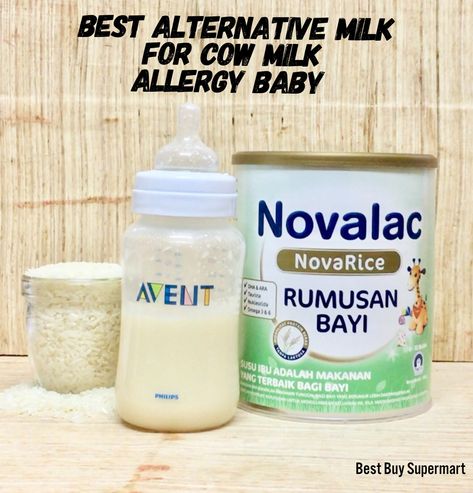
- Start with iron-fortified rice cereal. This easily-digested cereal is least likely to cause allergic reactions.1 If your baby’s doctor recommends this, you can mix cereals with breast milk or Nutramigen formula.
- Introduce one new food at a time and wait at least three days to make sure your baby doesn’t have an allergic reaction before introducing a new food.
- Read labels carefully for hidden milk ingredients like casein and whey.
- Offer small amounts (about 1 to 2 teaspoons), and then increase the serving if there are no allergic reactions.
- Feed new foods early in the day so you have time to call your doctor if your baby has an allergic reaction.
- Introduce pureed vegetables like green beans and spinach before fruits. Babies who are fed Nutramigen® formula are more likely to prefer savory and bitter foods.
- If recommended by your baby’s doctor, mix breast milk or Nutramigen formula with cooked mashed fruits and vegetables to make your own baby food.

- Introduce finger foods—small pieces of fruit, cooked pasta and dairy-free bread and crackers—when your baby is between 8 and 10 months old.
- Do not introduce your baby to foods made with cow's milk without your doctor's supervision.
Making the Switch from Bottle to Cup
The eight-month mark is a good time for your baby to begin to learn to drink breast milk or Nutramigen or PurAmino formula from a cup. A spill-proof cup with a lid and spout can make this transition easier for your baby while creating fewer messes for you to clean up. Start by offering your baby a cup of water once a day until she learns how to work with the cup. Then, offer breast milk or Nutramigen formula in the cup in the morning after she has eaten cereal or other foods. If your baby refuses the cup, try serving breast milk or Nutramigen formula cold in the cup. Keep offering the cup every day.
Once your baby accepts the morning cup, gradually swap out her afternoon and evening bottles. Your little one will be less likely to ask for a bottle if you keep them out of her sight. Don’t wait too long to make this transition: Breaking the bottle habit can be hard. By two years, your baby should be drinking formula from a cup, not from a bottle. You should continue to feed your baby Nutramigen or PurAmino formula in a cup for as long as your doctor recommends. Don’t introduce your baby to cow’s milk unless you are under the supervision of a healthcare professional.
Your little one will be less likely to ask for a bottle if you keep them out of her sight. Don’t wait too long to make this transition: Breaking the bottle habit can be hard. By two years, your baby should be drinking formula from a cup, not from a bottle. You should continue to feed your baby Nutramigen or PurAmino formula in a cup for as long as your doctor recommends. Don’t introduce your baby to cow’s milk unless you are under the supervision of a healthcare professional.
*LGG is a registered trademark of Chr. Hansen A/S.
References
- http://www.eatright.org/kids/article.aspx?id=6442464699
How to start introducing solids to a baby with a milk allergy
If your baby has been diagnosed with a milk allergy, you might be concerned about weaning. Read on to find out how to do it safely.With thanks to Bahee Van de Bor, paediatric dietitianStep One: How to start solids for your baby with a milk allergy If your baby has a milk allergy, the first step is to identify the style of baby feeding that you wish to follow. Should you spoon feed or follow baby-led weaning? The choice is yours but check that your baby is ready. According to the NHS, a baby is ready around six months and when they are able to:
Should you spoon feed or follow baby-led weaning? The choice is yours but check that your baby is ready. According to the NHS, a baby is ready around six months and when they are able to:
- sit upright and hold their head steady
- co-ordinate their eyes, hands and mouth so they can look at the food, pick it up and put it in their mouth by themselves
- swallow food, rather than spit it back out
Continue to breastfeed or use your baby’s special infant formula recommended by your GP, paediatric dietitian or allergy doctor. If you’re thinking about baby-led weaning, a recent research paper showed interesting results. The researchers found that babies who followed baby-led weaning were more likely to be offered vegetables and join in with family meals. With a few tweaks to your family meals to ensure that foods available at the table are dairy free, there’s no reason why your baby with a milk allergy cannot join either. Baby led weaning is safe so if this is your preferred feeding style, then go for it! In fact, this UK paper showed that babies at increased risk of choking were those who were not given finger foods alongside their puree foods. Regardless of the type of feeding style you choose, always remain with your baby during meal times to minimise any potential risk of choking.
Baby led weaning is safe so if this is your preferred feeding style, then go for it! In fact, this UK paper showed that babies at increased risk of choking were those who were not given finger foods alongside their puree foods. Regardless of the type of feeding style you choose, always remain with your baby during meal times to minimise any potential risk of choking.
If your baby has been well since starting their special infant formula or whilst you’ve been following a strict milk free diet for breastfeeding, you may have forgotten the earlier signs and symptoms that your baby had when first diagnosed with a milk allergy. The first thing that you will notice if your baby is accidentally given food containing milk is an allergic reaction. Signs of a milk allergy usually show immediately or within 2 hours and include
- Swollen lips, face or eyes
- hives, urticaria
- abdominal pain, vomiting
Serious symptoms – these are rare
- swollen tongue, persistent cough, hoarse cry
- difficult or noisy breathing
- pale/floppy/unresponsive/unconscious
Symptoms for delayed cow’s milk protein allergy
- recurrent tummy pain, worsening reflux and vomiting
- food refusal
- loose frequent stools – around 6-8 per day
- or constipation 2 or less bowel motions per week
- skin reddening or itch
- worsening eczema
Start with a puree of vegetables and then fruit. Simply peel, chop and then cover with water to cook in a saucepan. Mash with a fork using the water in the pan, breast milk or your baby’s special infant formula. When your baby is ready, offer finger foods. Use very soft pieces of steamed or cooked vegetables such as carrots, broccoli, root vegetables and then move onto fruit. During this phase of weaning, focus on the variety rather than the amount that baby eats. Focus on iron-rich foods. From around 6 months of age, baby’s iron stores and the amount of iron present in breast milk starts to decline. If you are following a plant-based diet, then you can introduce lentils and beans which are good sources of iron. Recommended iron rich foods to give when starting solids for your baby with milk allergy include:
Simply peel, chop and then cover with water to cook in a saucepan. Mash with a fork using the water in the pan, breast milk or your baby’s special infant formula. When your baby is ready, offer finger foods. Use very soft pieces of steamed or cooked vegetables such as carrots, broccoli, root vegetables and then move onto fruit. During this phase of weaning, focus on the variety rather than the amount that baby eats. Focus on iron-rich foods. From around 6 months of age, baby’s iron stores and the amount of iron present in breast milk starts to decline. If you are following a plant-based diet, then you can introduce lentils and beans which are good sources of iron. Recommended iron rich foods to give when starting solids for your baby with milk allergy include:
- Lentils
- Nut butter
- Meat, chicken, fish, eggs
- Green leafy vegetables
- Iron-fortified breakfast cereal
If you need to use milk in a recipe, substitute the whole milk in the recipe above with breast milk or your baby’s special infant formula.
Egg, nuts, fish and gluten may be causing you some worry and confusion. If your baby also has moderate to severe eczema your allergy doctor, GP or paediatric dietitian may recommend introducing cooked egg and peanuts to try to prevent your baby’s chances of developing an allergy to these foods. Wait at least a few days before introducing a new food and start with small amounts such as 1/4 to 1/2 teaspoon of cooked food. Gradually increase the amounts offered. If your baby accepts these foods and doesn’t have a reaction then continue to offer these foods as part of their weekly menu plan. If your baby has an allergic reaction, then please stop giving your baby the food that they react to and speak to your family doctor for further advice.
Step six: Menu planning Plan a daily menu with calcium for your baby with a milk allergy. Aim for 3 balanced mini meals per day. From around 9 months of age, you can start to use a plant milk to prepare porridge, dairy free pancakes or homemade bread for breakfast. Not all plant based milks are suitable and your dietitian may recommend using some types over others based on the source and amount of protein, the over all calories, presence of added calcium, vitamins and minerals.
Aim for 3 balanced mini meals per day. From around 9 months of age, you can start to use a plant milk to prepare porridge, dairy free pancakes or homemade bread for breakfast. Not all plant based milks are suitable and your dietitian may recommend using some types over others based on the source and amount of protein, the over all calories, presence of added calcium, vitamins and minerals.
It seems early to think about “meals” but you can start creating mini meals with texture.
- Use root vegetables or grains like quinoa, amaranth, oats, rice, cous cous
- Add iron-rich vegetables and green leafy choices
- Protein (meat, chicken, fish or lentils)
- Use infant formula or a calcium fortified plant drink to get the desired texture
Your baby still needs breast milk or specialist infant formula and they can have dairy-free yoghurts (check that they are calcium fortified).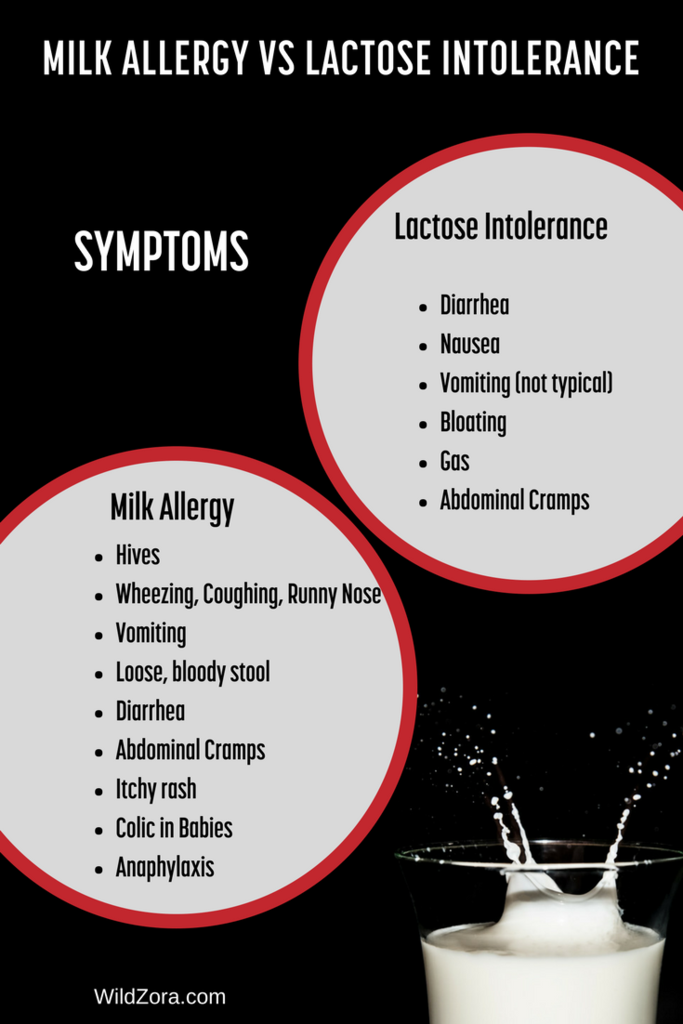 For finger foods, cut up pieces of bread or toast dipped into hummus or calcium-fortified yoghurt based dips. You can even make custard using a dairy free custard powder and then mix with baby’s specialist formula. Other useful foods containing added or natural sources of calcium include:
For finger foods, cut up pieces of bread or toast dipped into hummus or calcium-fortified yoghurt based dips. You can even make custard using a dairy free custard powder and then mix with baby’s specialist formula. Other useful foods containing added or natural sources of calcium include:
- oat based creme fraiche and cream that is also calcium fortified
- tahini paste, a plant source of some calcium
- tinned fish with it’s bones to prepare sandwiches (excellent source of calcium)
- broccoli, kale
- beans and pulses
There are many ways that milk can be labelled and it’s not always obvious. Never assume that foods from a “free from” range will be free from cow’s milk protein and remember that you are also avoiding milk and food products made from sheep, goat or buffalo as the protein is very similar to cow’s milk protein.
Bahee Van de Bor RD MBDA is a private paediatric dietitian and former Great Ormond Street Hospital for Children-trained specialist children’s nutritionist. Now based in Harley Street, you can find out more on her website. Follow her on Instagram @ukkidsnutrition or on Facebook @ukkidsnutrition. You can read more from Bahee about weaning babies with milk allergies here. Disclaimer: The views and advice given in this article are those of the guest writer and do not necessarily reflect the opinions of Weaning Week or any other organisations represented on this platform
Best Recipes for Children with Milk Allergies
Cow's milk allergy affects approximately 5% of children. This product contains many components that can potentially cause an allergic reaction, but most often it occurs to cow protein. During the normal process of digestion, food that enters the stomach and then the intestines breaks down into enzymes, which are individually absorbed into the body. The imperfect digestive system of a child is sometimes unable to separate milk into enzymes. This situation creates an allergy to cow protein. It usually affects children between the ages of birth and one and a half years. And, as a rule, the symptoms of bovine protein allergy go away on their own when the baby is about five years old. At this time, the functioning of the gastrointestinal tract is getting better, and it begins to produce the necessary substances to resist hostile elements. But sometimes milk intolerance persists for life. It should be noted that cow protein allergy can be true and pseudo-allergy. True implies intolerance by the body of any amount of cow's milk protein. Pseudo-allergy is a condition when an allergic reaction occurs only after the child has “overeaten”, that is, a certain amount of milk enzymes is still normally digested, but the body cannot accept the excess.
The imperfect digestive system of a child is sometimes unable to separate milk into enzymes. This situation creates an allergy to cow protein. It usually affects children between the ages of birth and one and a half years. And, as a rule, the symptoms of bovine protein allergy go away on their own when the baby is about five years old. At this time, the functioning of the gastrointestinal tract is getting better, and it begins to produce the necessary substances to resist hostile elements. But sometimes milk intolerance persists for life. It should be noted that cow protein allergy can be true and pseudo-allergy. True implies intolerance by the body of any amount of cow's milk protein. Pseudo-allergy is a condition when an allergic reaction occurs only after the child has “overeaten”, that is, a certain amount of milk enzymes is still normally digested, but the body cannot accept the excess.
Children allergic to cow protein can be given fermented milk products - kefir, fermented baked milk, yogurt, cottage cheese.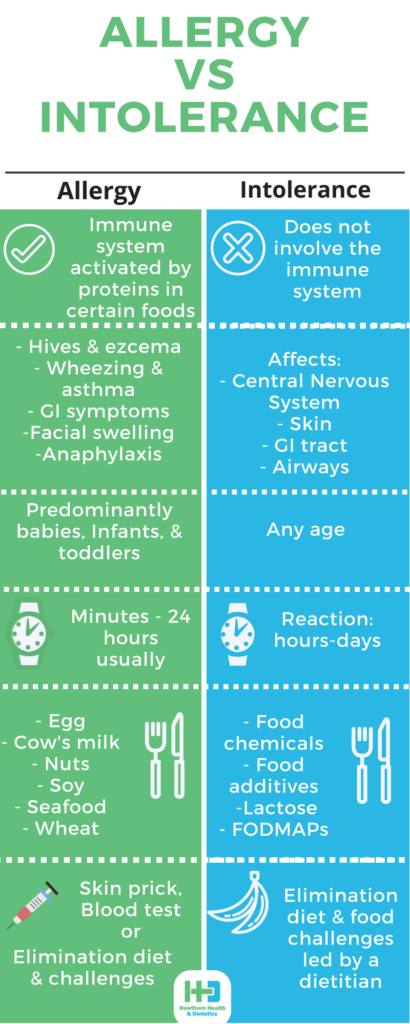 Enzymes contained in cow's milk break down into components at the time of preparation of the fermented milk product. And already these components the children's body can try to digest. Offer your baby yogurt or cottage cheese, watch his reaction. If symptoms of an allergy to cow protein appear (rash, itching, nausea or vomiting), then the product should be excluded from the diet for the time being.
Enzymes contained in cow's milk break down into components at the time of preparation of the fermented milk product. And already these components the children's body can try to digest. Offer your baby yogurt or cottage cheese, watch his reaction. If symptoms of an allergy to cow protein appear (rash, itching, nausea or vomiting), then the product should be excluded from the diet for the time being.
See also:
- Food intolerance: how it affects weight
Menu for children with milk allergy
Composing a balanced and complete diet for a baby with milk intolerance is not so difficult, although it is a traditional component of most children's meals. And, more importantly, a very valuable food for the child. “Milk is ideal for the ratio of calcium and phosphorus for the construction of the musculoskeletal system,” says Natalya Fadeeva, nutritionist-endocrinologist, MD, author of the book “Is the child overweight?” - It contains more than 90 useful substances: 20 amino acids, 18 fatty acids, 13 vitamins, almost all enzymes found in nature, minerals and milk sugar. So that the body of a child with an allergy to milk does not suffer from a deficiency of the necessary components, the menu will have to be drawn up especially carefully.
So that the body of a child with an allergy to milk does not suffer from a deficiency of the necessary components, the menu will have to be drawn up especially carefully.
Breakfast
The most popular dishes to start the day are all kinds of cereals: oatmeal, buckwheat, pearl barley, barley, rice, corn, wheat, millet, etc. For children, they are usually boiled in milk or water with milk - it helps absorbed by vegetable proteins of cereals. In our case, you will have to cook only on water (3 parts of water are taken for 1 part of the cereal). Instead of cow's milk, you can try using soy, oat or rice milk. “Choose whole grain cereals, they are healthier: they have a lot of fiber, they are digested more slowly and provide energy for a longer period, so after them there is no feeling of hunger for a long time,” says Natalia Fadeeva. - You can use Hercules flakes instead of whole grain oatmeal, which are boiled for at least 10 minutes. Porridge cooked with water can be served with a small amount of yogurt, cottage cheese, a piece of cheese, or any fermented milk product. Do not replace whole grain cereals with refined products (muesli, cereals, instant cereals). The child quickly gets used to their sweet taste, and it is much more difficult to rebuild it to a less tasty, but much more useful training porridge than to immediately accustom it to the right food. Berries, finely chopped fruits, a small amount of honey or jam will help improve the taste of the dish.
Do not replace whole grain cereals with refined products (muesli, cereals, instant cereals). The child quickly gets used to their sweet taste, and it is much more difficult to rebuild it to a less tasty, but much more useful training porridge than to immediately accustom it to the right food. Berries, finely chopped fruits, a small amount of honey or jam will help improve the taste of the dish.
Buckwheat groats
Ingredients: 150 g buckwheat, 175 g cottage cheese (up to 5%), 1 egg, 30 g yogurt 4% fat, 1/2 tsp. salt, 10 g butter.
Manual. Boil crumbly buckwheat porridge, add cottage cheese mashed with egg and salt. Mix everything, put on a greased baking dish and bake in the oven or microwave. Serve with yoghurt. If the dish is intended for lunch, it is good to add a vegetable salad or soup with vegetables to it.
See also:
- Delicious buckwheat: recipes from chefs
Pancakes with nuts
Ingredients: 1 tbsp. soy or rice milk, 2 quail eggs, 1 tbsp. olive oil, 1.5 tbsp. cornmeal, sugar, salt, vanilla to taste. For the filling: 5 walnuts, 1 tsp. jam.
soy or rice milk, 2 quail eggs, 1 tbsp. olive oil, 1.5 tbsp. cornmeal, sugar, salt, vanilla to taste. For the filling: 5 walnuts, 1 tsp. jam.
Manual. Whisk the eggs, salt, sugar, milk, butter and vanilla in a blender. Then add flour, stirring constantly. Prepare the filling by grinding nuts in a blender and mixing them with jam. Fry pancakes in a "dry pan" without oil. They should be voluminous. Make an incision in the pancakes and fill with stuffing.
See also:
- Spinach and cottage cheese fritters
- Zucchini pancakes
- Fried potato pancakes
Berry sauce
Ingredients : 290 g of any berries (strawberries, blueberries, blueberries, cranberries, etc.), 1 tbsp. powdered sugar, 1 tbsp. lemon or orange juice.
Manual. Mix all the ingredients, grind with a blender. Serve with cereals and fruit salads.
See also:
- Coolie sauces: recipes from chefs
- Homemade sauces that won't make you fat
Lunch and Dinner
Lunch is the second main meal of the day to give your child the energy they need from noon to evening. The basis of a proper, healthy lunch is soup and a protein dish (fish, poultry or meat). “The soup should be low-fat,” says Natalya Fadeeva. - It is best if it is a vegetable vegetarian soup without meat broth, low-fat vegetable puree soup, low-fat fish soup, soup with meat on the second broth. For the second, you can serve a cutlet, meatballs, casserole, soufflé. For them, lean fish (cod, ice, haddock, pike perch, hake, blue whiting, pollock), lean skinless poultry (chicken, turkey, guinea fowl), lean meat (veal, beef, rabbit) are best suited. A necessary addition to a protein dish for lunch is a starchy side dish, such as, for example, boiled potatoes, brown rice, buckwheat, durum wheat pasta, whole grain bread. You can make vegetable casseroles. An ideal side dish is a combination of a starchy component with thermally processed vegetables or vegetable salad.
The basis of a proper, healthy lunch is soup and a protein dish (fish, poultry or meat). “The soup should be low-fat,” says Natalya Fadeeva. - It is best if it is a vegetable vegetarian soup without meat broth, low-fat vegetable puree soup, low-fat fish soup, soup with meat on the second broth. For the second, you can serve a cutlet, meatballs, casserole, soufflé. For them, lean fish (cod, ice, haddock, pike perch, hake, blue whiting, pollock), lean skinless poultry (chicken, turkey, guinea fowl), lean meat (veal, beef, rabbit) are best suited. A necessary addition to a protein dish for lunch is a starchy side dish, such as, for example, boiled potatoes, brown rice, buckwheat, durum wheat pasta, whole grain bread. You can make vegetable casseroles. An ideal side dish is a combination of a starchy component with thermally processed vegetables or vegetable salad.
In the evening, the body prepares for sleep. “Therefore, you need to have dinner with a sparse, light, non-exciting food,” says Natalya Fadeeva.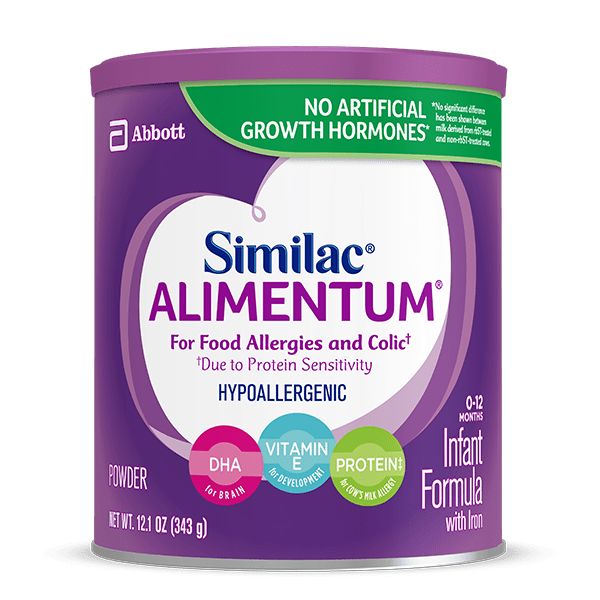 - For dinner, there must be a protein dish - all the same low-fat fish or poultry. Suitable cottage cheese (up to 5%), eggs. It is better not to give red meat to a child in the evening - it excites and is digested for a long time. As a side dish for dinner, it is best to serve thermally processed vegetables or vegetable salads; you can make casseroles from vegetable and protein components. It is better to do without starch-containing side dishes.
- For dinner, there must be a protein dish - all the same low-fat fish or poultry. Suitable cottage cheese (up to 5%), eggs. It is better not to give red meat to a child in the evening - it excites and is digested for a long time. As a side dish for dinner, it is best to serve thermally processed vegetables or vegetable salads; you can make casseroles from vegetable and protein components. It is better to do without starch-containing side dishes.
Fruit and vegetable salad
Ingredients: 100 g fresh pumpkin, 1 medium carrot, 1 green apple, 1 tsp. lemon juice, 3 orange slices.
Manual. Grate vegetables and apple on a coarse grater, mix. Add lemon juice and chopped orange slices.
See also:
- Best snacks for diabetics
Lentil soup
Ingredients: 1 st. red lentils, 1.5-2 liters of water, 1 medium onion, 1 medium carrot, 1 stalk of celery (or 50 g root), black peppercorns to taste (5-6 peas), 3-4 bay leaves, 1 parsley root , spices to taste, herbs (dill, parsley).
Manual. Soak the lentils for several hours (or overnight), then rinse thoroughly, cover with cold water and cook over moderate heat. Bring to a boil and add the roots. After five to ten minutes, put chopped onions and grated carrots into the soup, cook over low heat for about 10 minutes. Add bay leaf, pepper and other spices. When the lentils are completely boiled, turn off the heat and let it brew for 5-8 minutes. Salt to taste and serve with finely chopped greens.
See also:
- Turkish Lentil Kyufta
- Sun-dried tomato sandwiches
Chicken or turkey breast medallions
Ingredients: 400 g chicken (turkey) fillet, 1 tbsp. lemon juice, 0.5 tsp curry and cumin, 1 tbsp. olive oil, salt to taste.
Manual . Cut the fillet across the grain into pieces 1-1.5 cm thick. Place in a bowl and season with lemon juice, oil, sauce, curry, cumin and salt. Mix everything thoroughly and leave to marinate for 15 minutes. Put the pieces in a cold, oil-free frying pan with a thick bottom and cook them under the lid for 20-25 minutes. Serve with vegetables and brown rice.
Mix everything thoroughly and leave to marinate for 15 minutes. Put the pieces in a cold, oil-free frying pan with a thick bottom and cook them under the lid for 20-25 minutes. Serve with vegetables and brown rice.
Fish cutlets
Ingredients: 400 g lean fish fillet (cod, zander, haddock), 1 medium onion, 1 egg, 1 medium potato, spices, herbs to taste.
Manual. Pass the fish fillet twice through a meat grinder. Also grind in a meat grinder (or blender) onions, potatoes, herbs, add an egg, spices, salt. Mix everything thoroughly, form cutlets and cook them in a “dry pan” lightly greased with vegetable oil (you can cook in a double boiler, slow cooker or bake). Serve garnished with chopped herbs.
See also:
- Polenta balls with mushroom garnish
- Carrot cutlets with white yoghurt sauce
- Onion cutlets
Baked apples with cranberries
Ingredients: 5–6 apples (Antonovka is best), 1/2 tsp. cinnamon, 100 g cranberries, 100–150 g water, 1–2 tbsp. Sahara
cinnamon, 100 g cranberries, 100–150 g water, 1–2 tbsp. Sahara
Manual. For apples, cut off the top with a cone with an indentation. Put lingonberries (can be crushed) inside the fruit, add cinnamon and sugar. Place in a fireproof saucepan, add water and cook over low heat for 15 minutes. If you bake apples in the microwave or oven, you can not add water.
See also:
- 5 Healthy Foods You're Probably Eating Wrong
- Cooking with the kids: 6 recipes for all ages
Diet for milk allergy
Cow's milk and products containing it are excluded from the diet. Although cow's milk and goat's milk are similar in antigenic composition, some patients with cow's milk allergy tolerate goat's milk. In order to avoid the use of ready-made products containing cow's milk, you should always study their composition on the packaging.
Certain products containing milk:
- Skimmed milk powder
- Powdered milk
- Oil
- Whey
- Curd
- Lactose
- Margarine
- Casein
- Casein hydrolyzate
- Ice cream
- Cheese
Since the composition of any product is subject to change, it is necessary to study the packaging even of previously used products.
Dishes excluded from the diet:
1. Soups - Pureed soups and other soups based on or containing milk.
2. Foods high in protein - Cheese, cottage cheese, sausages (e.g. sausages, smoked sausage) containing milk and its components, beef, fish, poultry (breaded or with white sauce), egg dishes with the addition of dairy products.
3. Potatoes and other side dishes - Any products containing milk and its components (for example, mashed potatoes, macaroni and cheese).
4. Vegetables - Any vegetable products with added milk and its ingredients (eg spinach puree).
5. Bakery products - Any bakery products with the addition of milk and its components:
6. Cereal dishes — Dishes prepared with milk, prepared foods with the addition of milk or its components.
7. Fats - Butter, cream, salad dressings, mayonnaise and margarine containing milk or milk components.
8. Sweet dishes — Any sweet dishes containing milk or its components, ready-made pies, cakes, biscuits, puddings, ice cream, sherbets, yoghurts, dry mixes.
9. Milk Whole cow's milk, skimmed milk, skimmed milk powder, sweetened or unsweetened condensed milk, yogurt, cow's milk infant formula, cocoa with milk.







